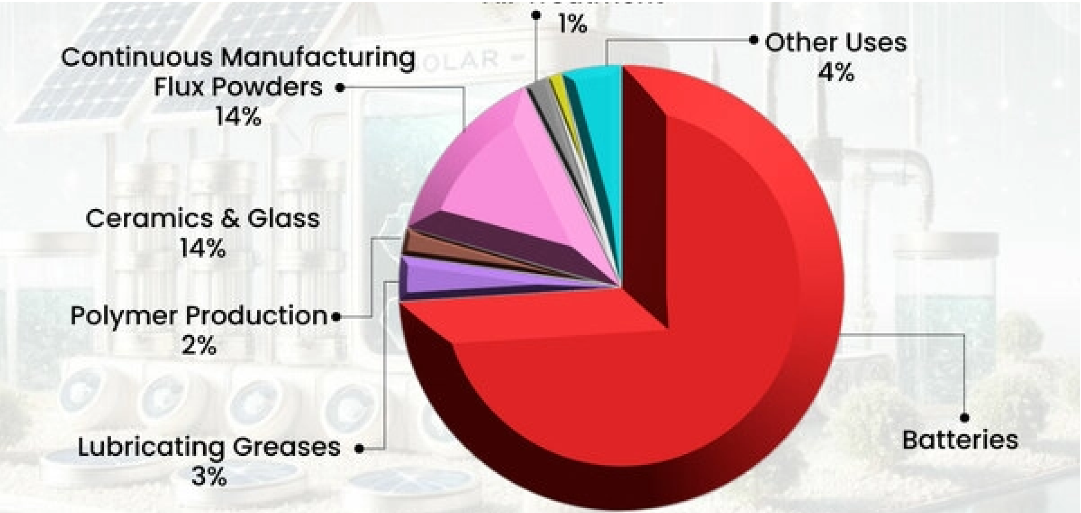What the 5G Revolution means for India
According to the National Broadband Mission of India, the government will announce the debut of 5G services in India during the India Mobile Congress on October 1. 5G will allow Communications Service Providers (CSPs) in India to tap into new value plays from enterprise 5G and adopt next-generation technologies like Edge computing and AI. Experts opine that the value of scale can be genuinely derived from a market such as India. 5G will be an upgrade of the existing 4G networks, increasing connection capacity to meet the expanding demands of consumer and business customers across industries (such as improved traffic management and connectivity capabilities).
According to our research, the global market for 5G technology is anticipated to grow significantly between 2020 and 2030. Growing at a CAGR of 40.2% and would be worth USD 612.58 billion. Our analysis predicts an underdeveloped infrastructure will have a substantial negative impact on the market's performance.
In the recent 5G spectrum auction a total of 72 gigahertz of the spectrum were sold to telecom companies like Airtel, Adani, Jio, and Vodafone India with a primary focus on the sub six bands that are further divided into two categories, namely low and mid bands. The low bands (700 MHz-900 MHz) will bring a broader coverage area, while the speed will be only a minor upgrade from 4G. Jio has mainly focused on these bands to bring broader 5G coverage to tier 3 cities and rural areas.
The mid bands (1800 MHz-4200 MHz) promise better speeds but lower coverage than low bands, and almost all the Indian operators have been on these as these will probably be used in tier 1 and tier 2 cities. Most companies have also invested in the n258 band, a millimeter wave. Telecom operators will likely use this band for commercial purposes as the millimeter wave requires special antennas and infrastructure. In contrast, the 5G millimeter phone can deliver up to 5 gigabits per second (Gbps) on the phone, which is more than 250 times faster than the fastest 4G mobile connection in India.
One of the most notable advantages of this 5G improvement will be a tenfold decrease in latency compared to the present technology. The impact of this single feature, reduced latency, will be profound. Latency will be the "force" that propels apps to the Edge and into companies and a tool for CSPs to monetize.
Some devices in the 5G network will require ultra-reliable and low-latency communication (URLLC) across the entire network. The CSPs that can successfully support the needs of URLLC devices stand to dominate future markets. With the advent of 5G in India, users anticipate mobile networks that will allow apps needing much larger bandwidths with significantly reduced latencies.
5G offers significant advancements for CSPs— they must swiftly deploy dense, low-latency edge networks that are cost-effective, secure, and easy to manage. CSPs are looking to open source, container-based network infrastructures to satisfy 5G latency, reliability, and flexibility needs while building and maintaining cost-effectively. Of course, there is also the issue of security to consider.
According to Ericsson ConsumerLab research, CSPs can meet consumer expectations both short and long-term by educating and better marketing the value of 5G to consumers, ensuring consistent quality of indoor and outdoor 5G coverage, offering new 5G services, and developing new use cases.
Although the exact launch date is still unclear, 13 cities, including Ahmedabad, Bengaluru, Chandigarh, Chennai, Delhi, Gandhinagar, Gurugram, Hyderabad, Jamnagar, Kolkata, Lucknow, Mumbai, and Pune, would be the first to receive service.

